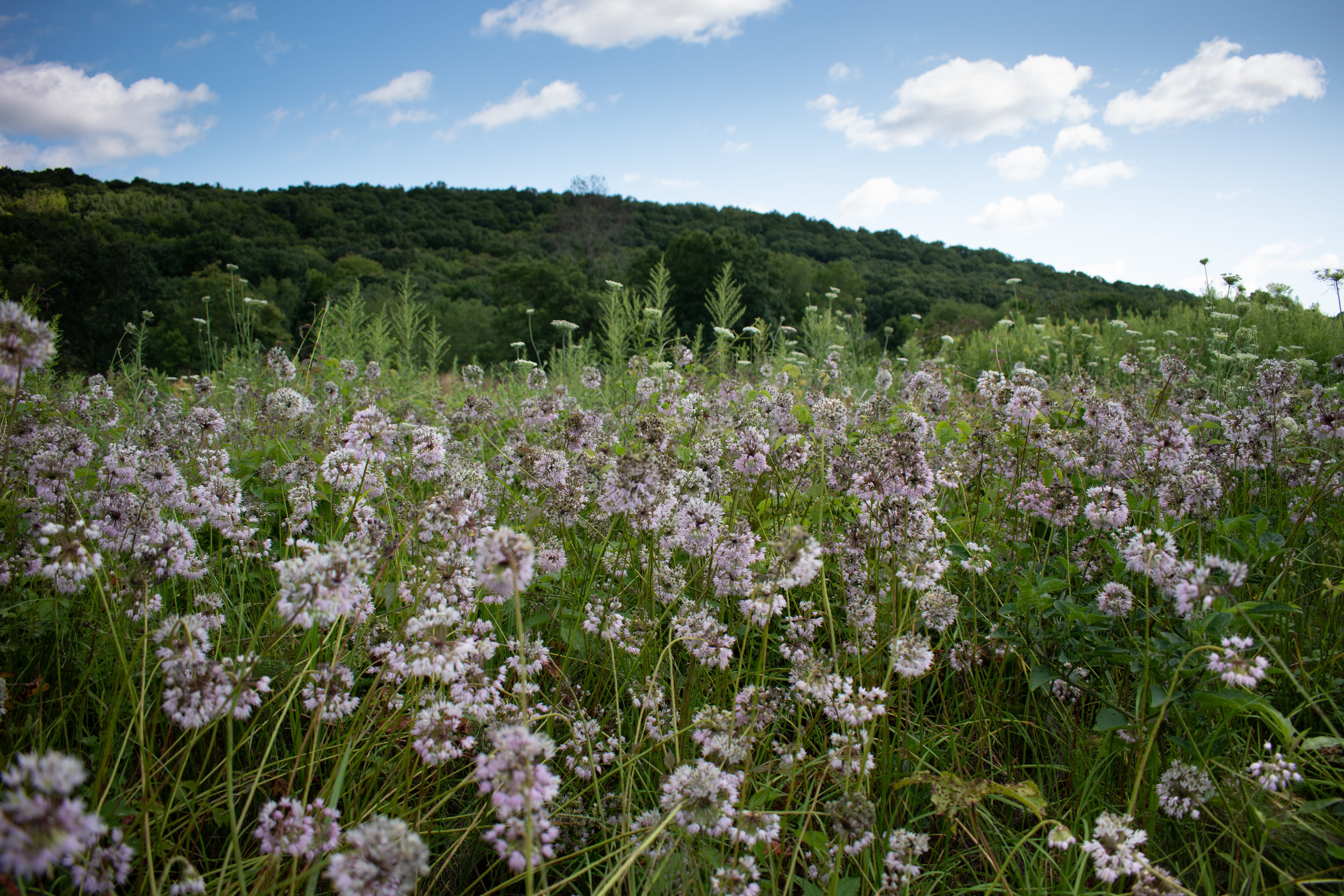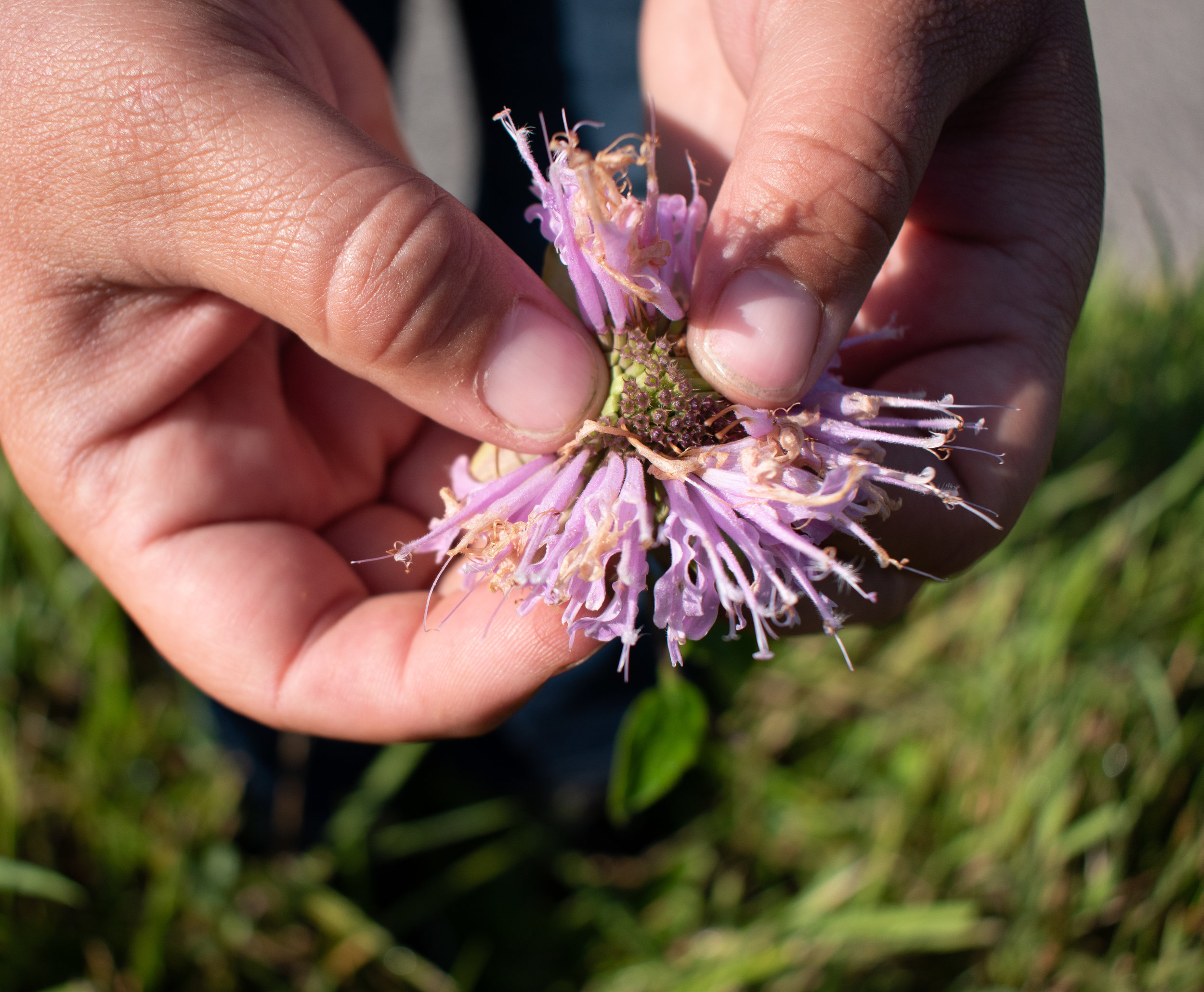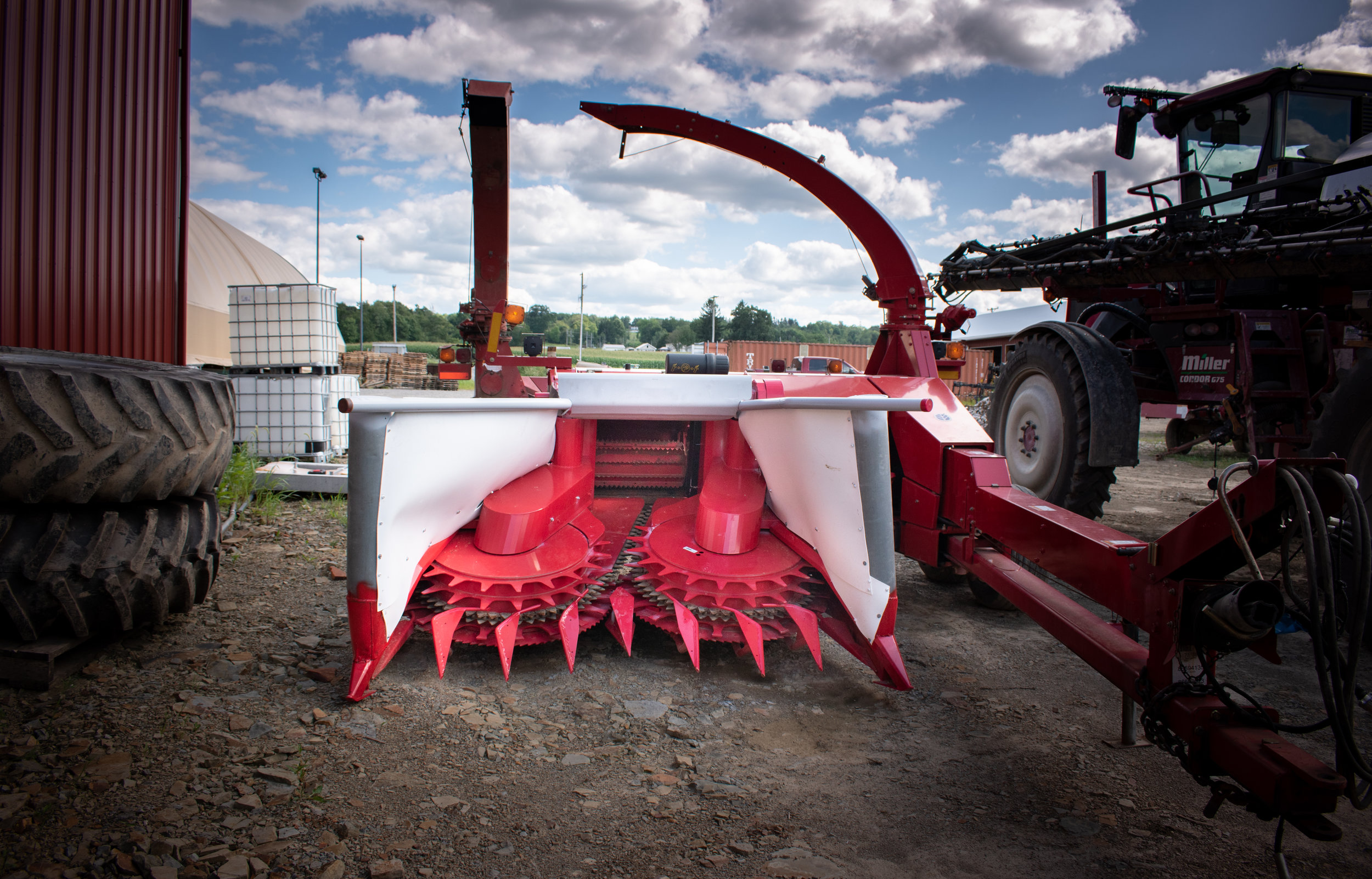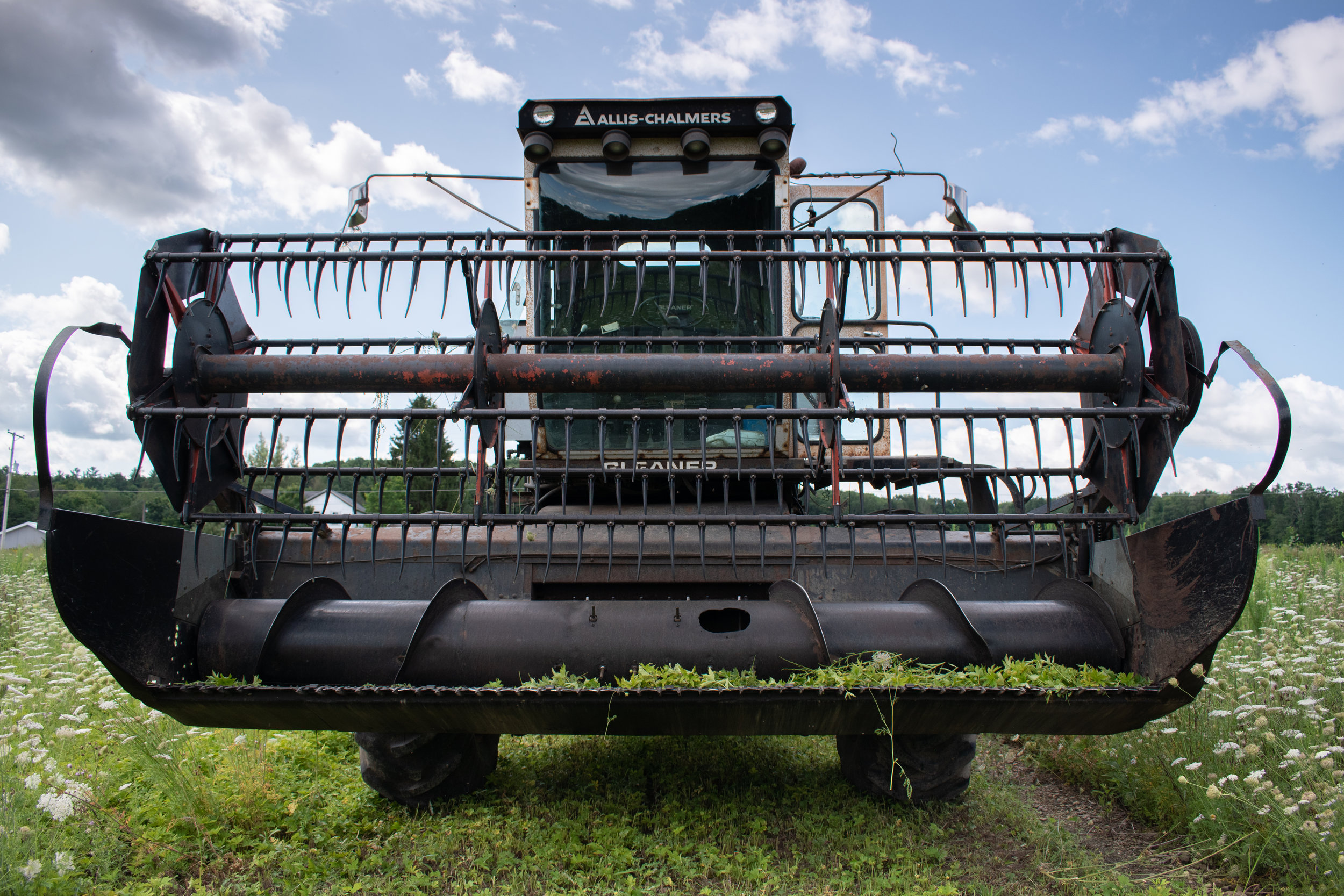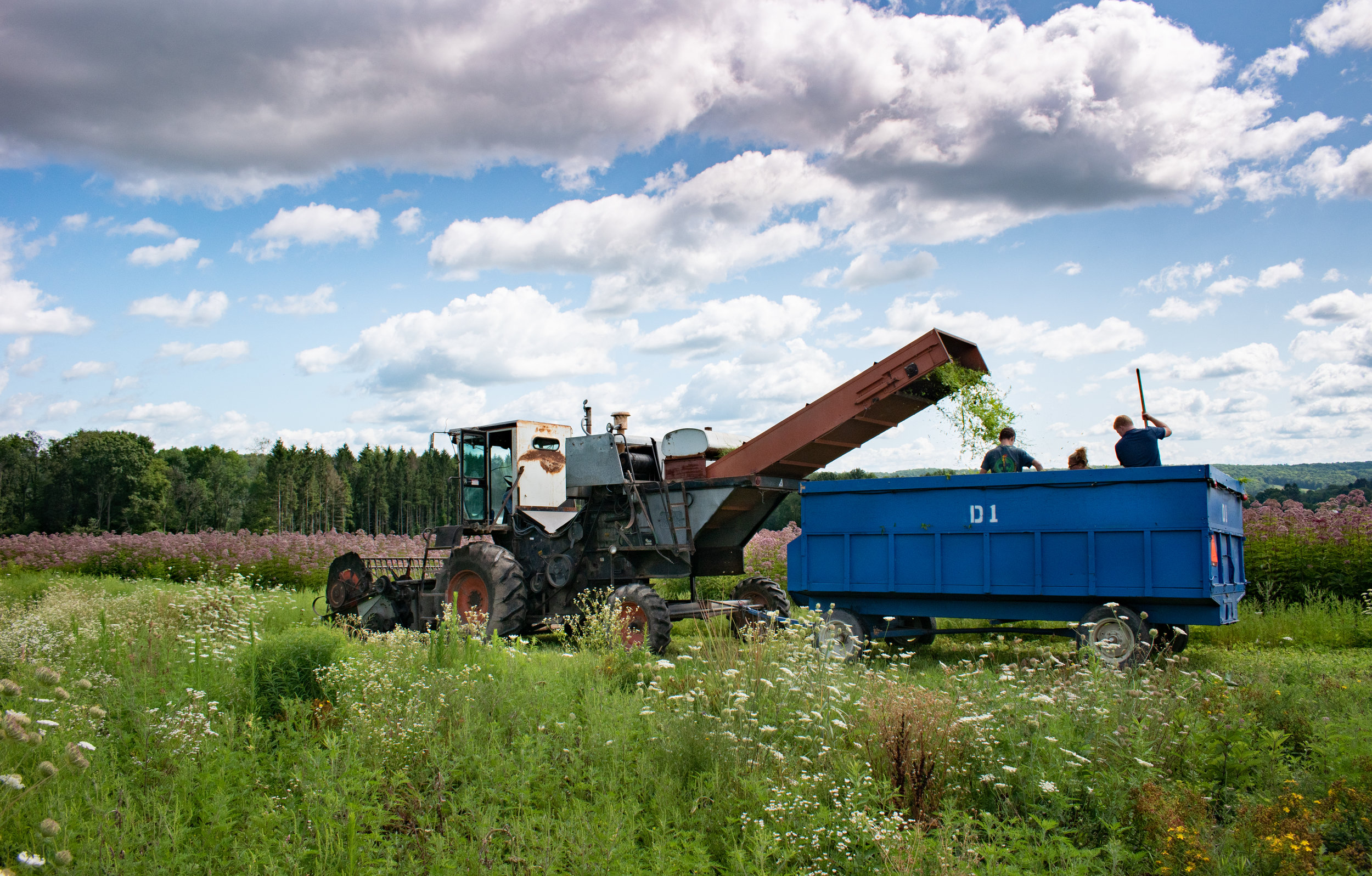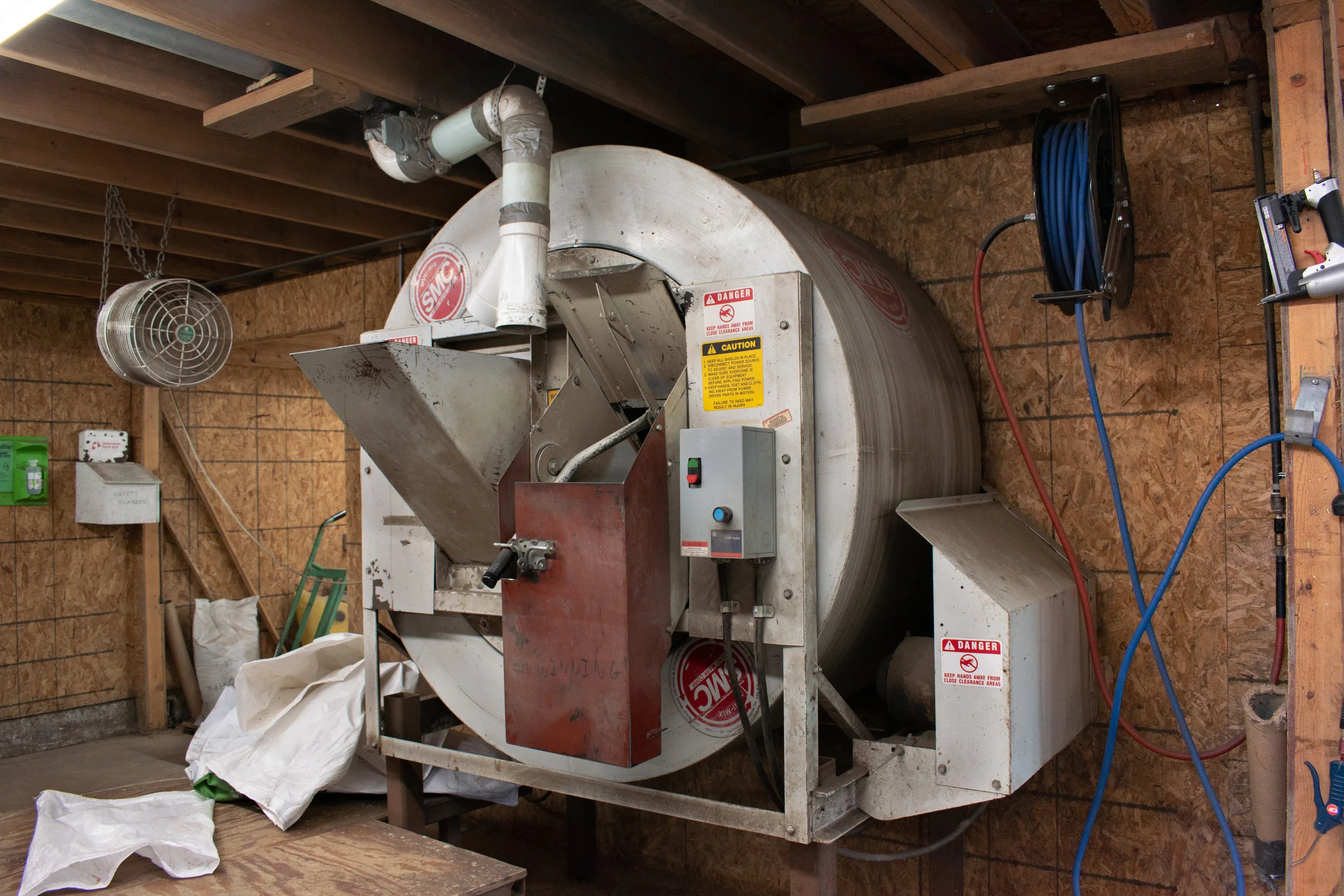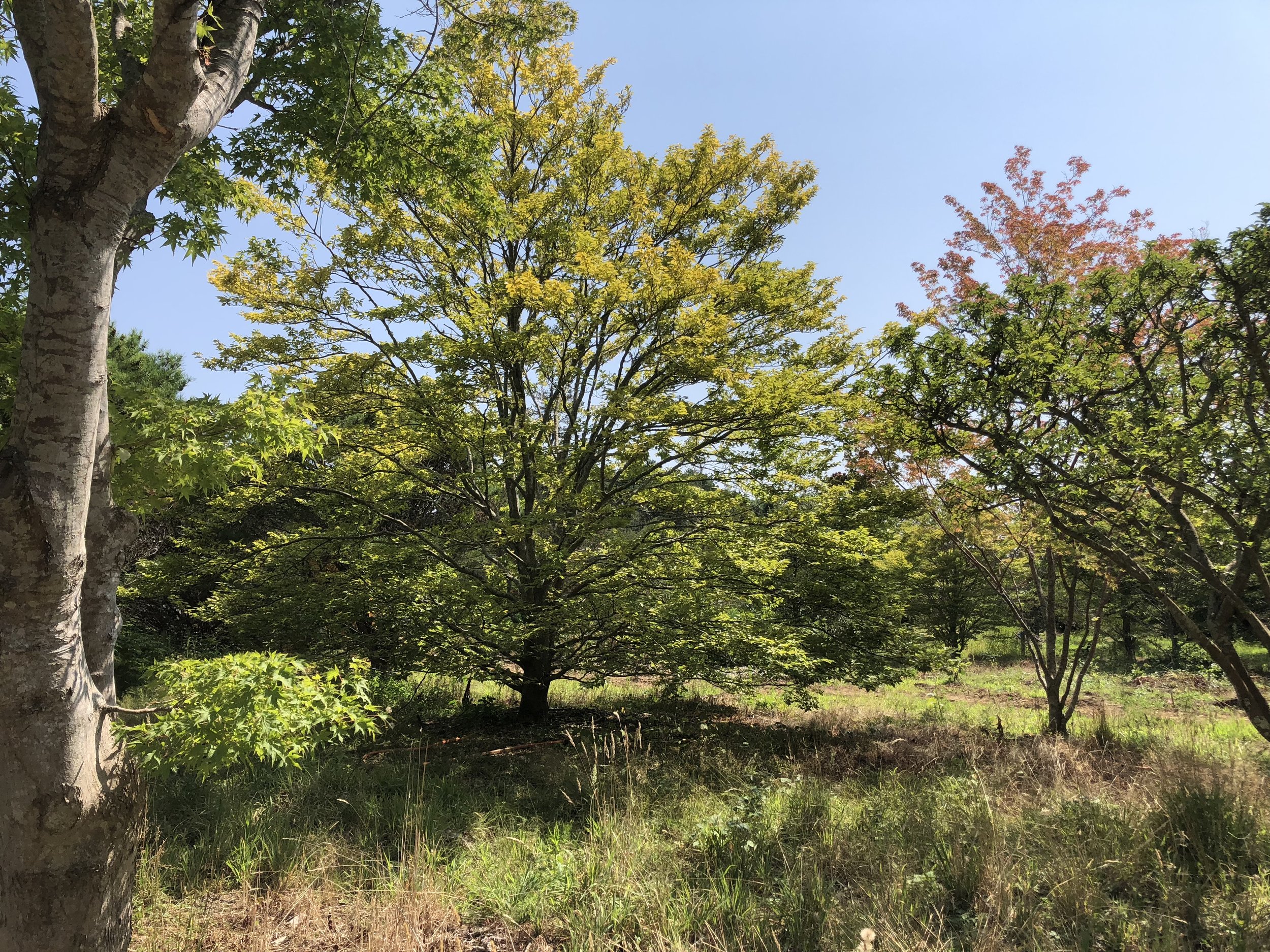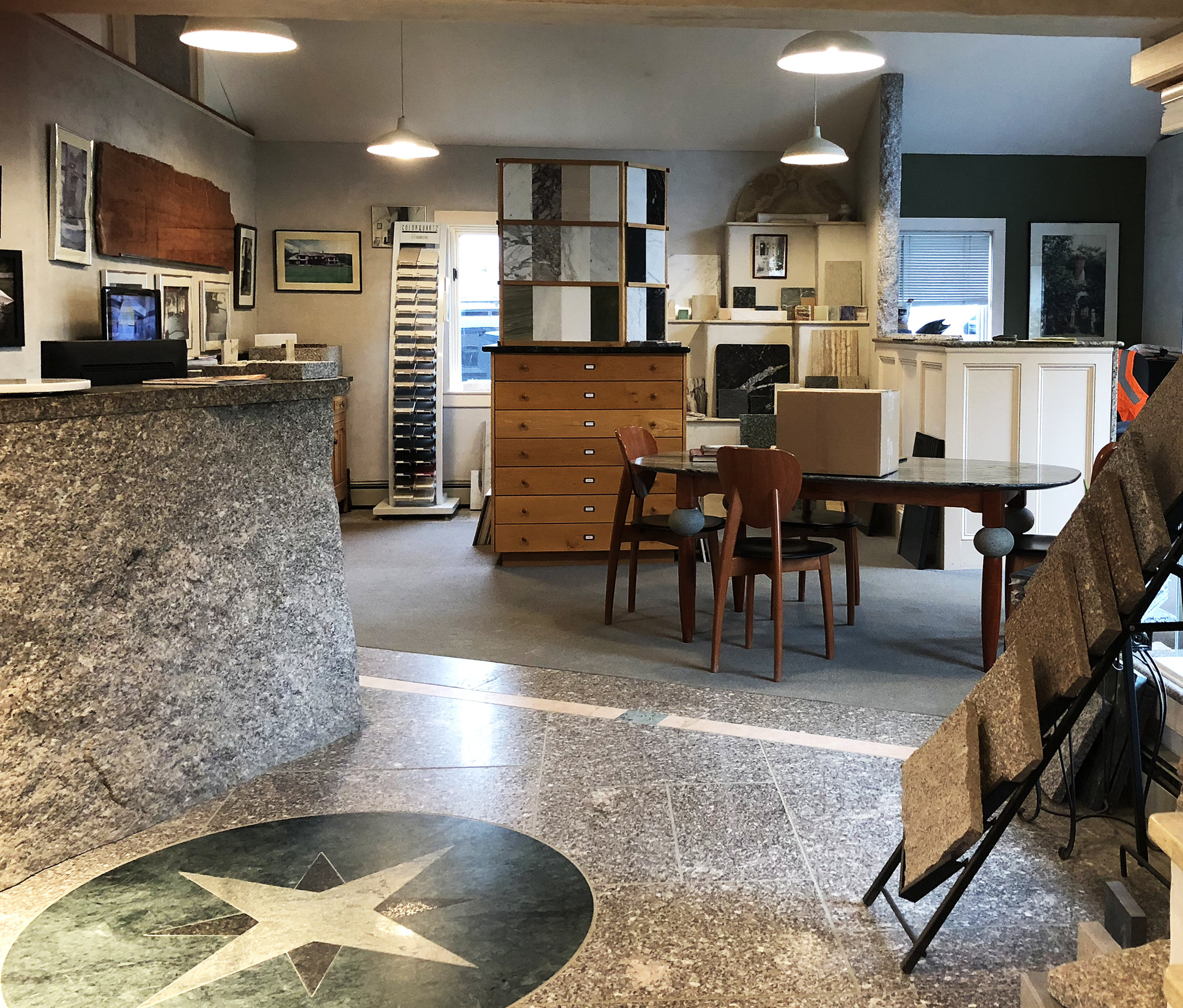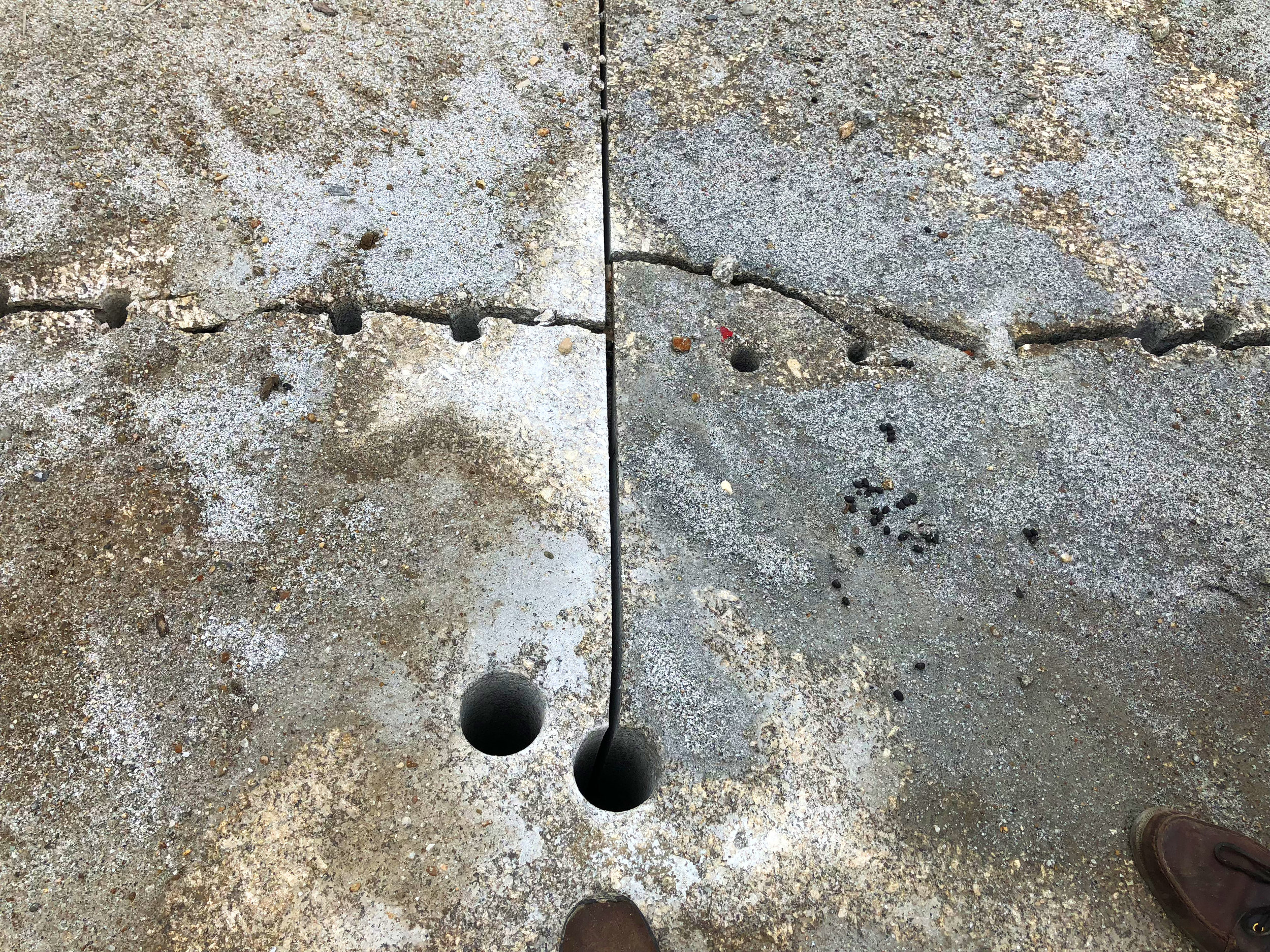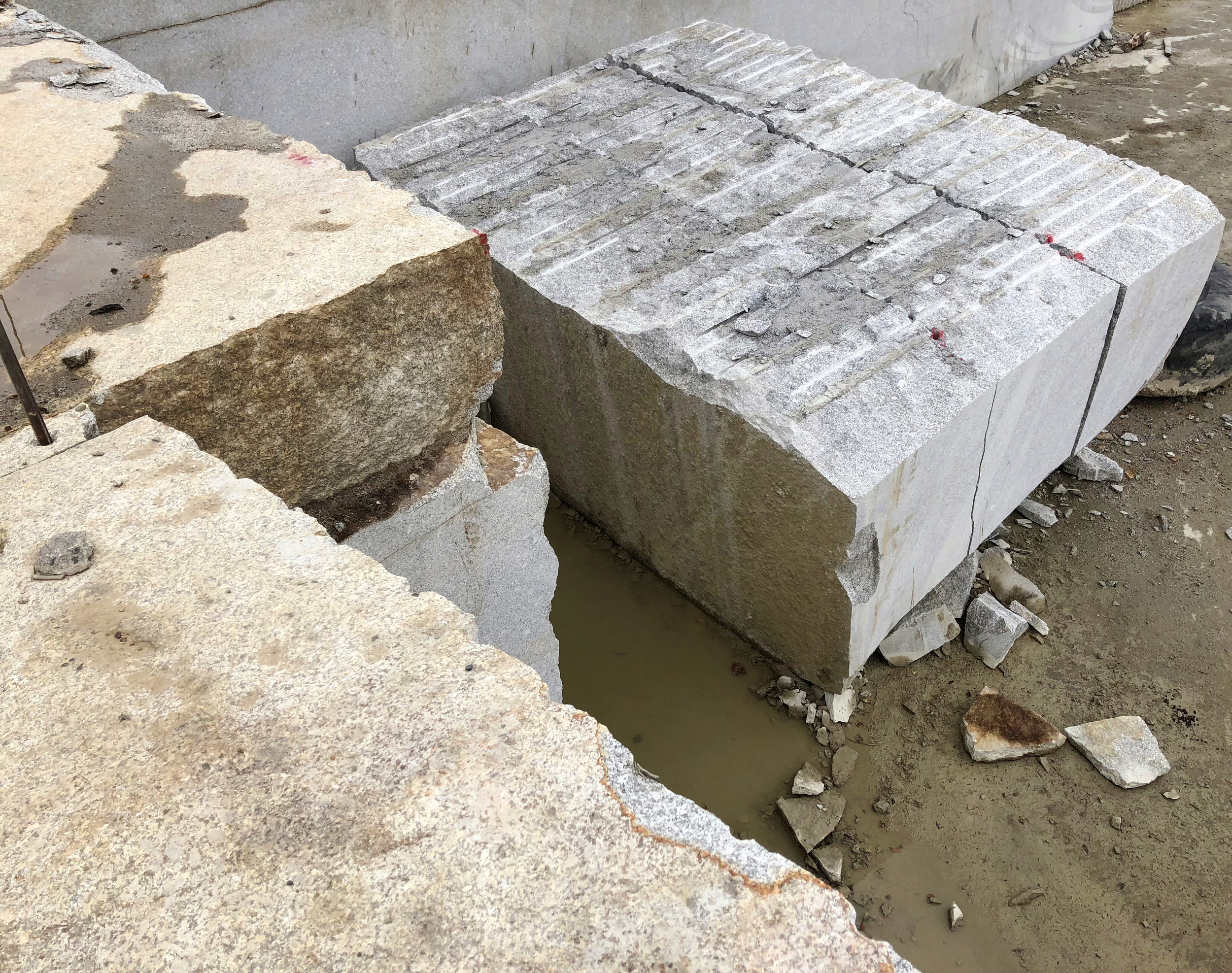This past year I specified Ernst Seeds’ meadow mix for a residential landscape design project. Mark Fiely, Ernst Seeds’ Horticulturalist, expertly assisted me with the seed selection process as well as advised me on application and maintenance protocols. Mark’s vast knowledge and experience are a valuable resource for landscape architects working on all scales of projects. Intrigued by the seed production and harvesting process, I finally found time to visit Ernst Seeds in Meadville, PA.
Ernst Conservation Seeds, Inc. has a fifty-plus year history, evolving into the largest native seed producer in the eastern United States. Ernst grows, harvests, and processes hundreds of species of native and naturalized seeds. The operation covers more than 9,000 acres. Ernst supplies seeds for a range of project types - from ecological restoration, reclamation, and conservation to wildlife and pollinator habitat improvements. Ernst Seeds also grows native warm season grasses, harvesting both the seeds and biomass. The soil bioengineering division supplies live plant materials for bank stabilization.
Mark Fiely was kind enough to give me an extensive tour of Ernst. We drove to several production sites, visually stunning expanses of native flowering plants that cover the rural landscape in undulating swathes of color. I also saw the wide range of sizes and types of combines used for harvesting. The boxcutter is one of these combines that I saw in action! Most crops are harvested with machines, the most efficient way to harvest tons of seeds covering several thousands of acres. Less than one percent of seeds are harvested by hand. Hand harvesting is used if there is a small volume, too many weeds, or the site is inaccessible to machines. Once harvested plants are dried in pallet dryers or industrial scale steel dryer bins. Ernst Seeds currently has forty-five dryer bins with plans to add several more. The dryer bins with controls for moisture, temperature, and aeration, are also used for storage.
Many thanks to Mark Fiely and the staff at Ernst Seeds who gave me a warm welcome! I wish I could be there throughout the seasons to view the changing sea of colors and textures of native flowers and grasses that blanket the production fields. Special thanks for one of the highlights of the tour - the Swamp Milkweed field where countless butterflies at all stages of life are thriving. Seeing the complexity, science and technology behind seed production and harvesting is fascinating and gives me a new perspective on how I specify seeds for landscape projects.
(Click on each photo below for further description.)
One of several production fields of Heliopsis helianthoides (Oxeye Sunflower).
Entrance to Ernst Conservation Seeds, Inc. in Meadville, PA.
View of dryer bins.
Standing in front of a field of Eupatorium fistulosum (Joe Pye Weed).





